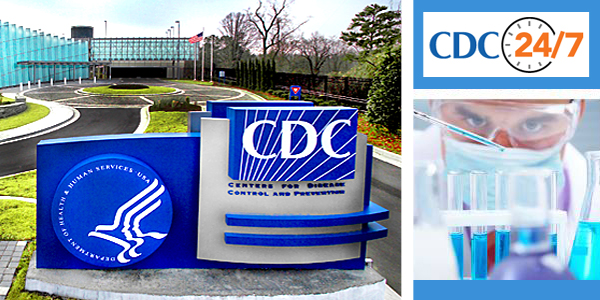However, declines in abortion do not serve patients if the reason behind the decline is interference with individuals’ decision making about their reproductive options.
Reducing abortion by shuttering clinics and erecting logistical barriers for patients is in direct conflict with sound public health policy, and the debate should not be framed based on the false premise that any reduction in abortion is a good outcome.
Rather, it is critical to remember that timely and affordable access to abortion should be available to anyone who wants and needs it.
And it is equally important to recognize that obstructing or denying care in the name of reducing abortion is a violation of individuals’ dignity, bodily autonomy and reproductive freedom.
With the available evidence, it is impossible to pinpoint exactly which factors drove recent declines, and to what degree.
However, previous Guttmacher analyses have documented that abortion restrictions, while incredibly harmful at an individual level, were not the main driver of national declines in the abortion rate in the 2008–20115 or 2011–20146 time periods.
Much the same appears to hold true for the 2011–2017 timeframe, as detailed below. Rather, the decline in abortions appears to be part of a broader decline in pregnancies, as evidenced by fewer births over the same period.
Between 2011 and 2017, the U.S. abortion landscape changed significantly. As documented by the Guttmacher Institute’s periodic abortion provider census, all the main measures of abortion declined, including the number of abortions, the abortion rate and the abortion ratio.1,2 The declines are...

www.guttmacher.org




